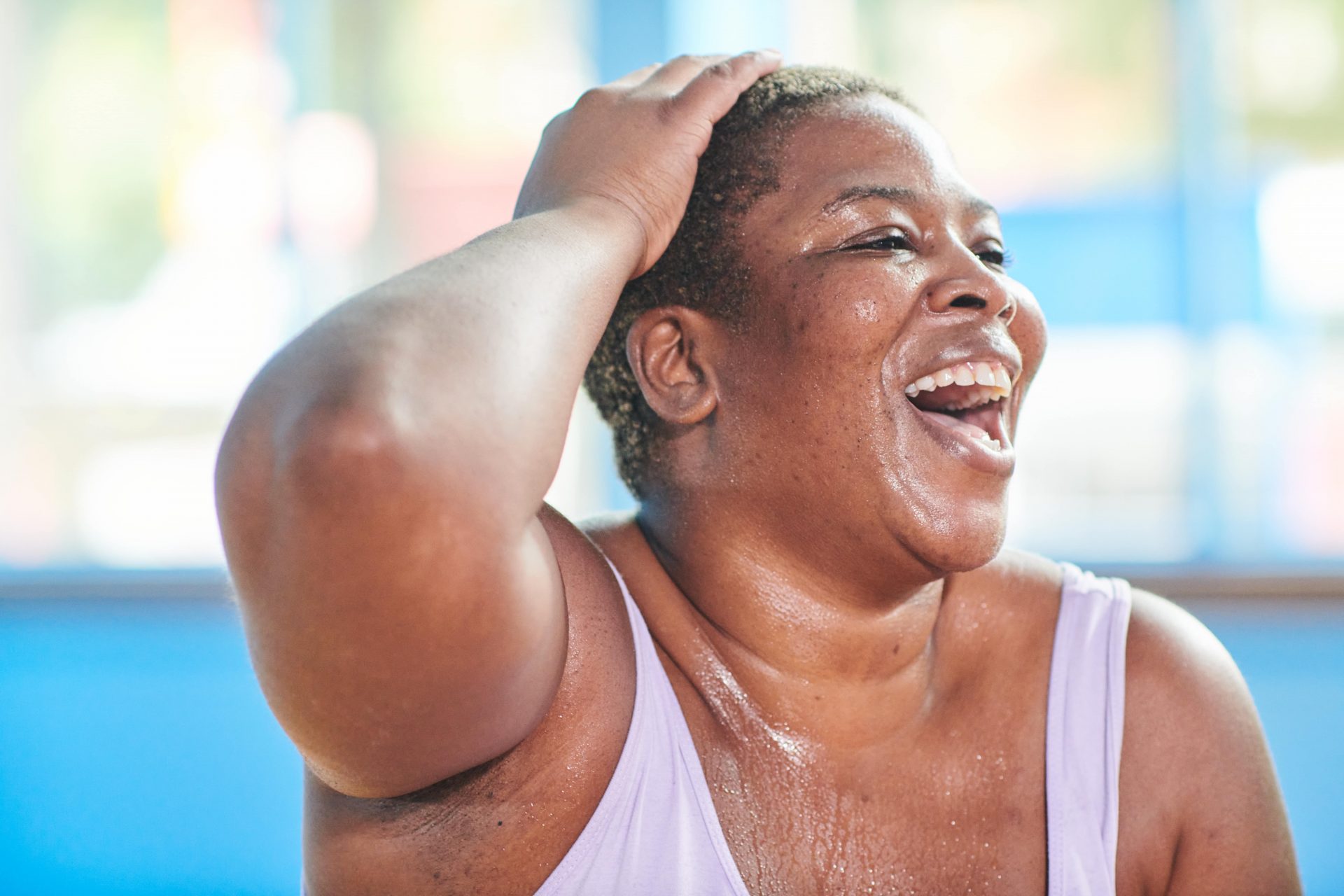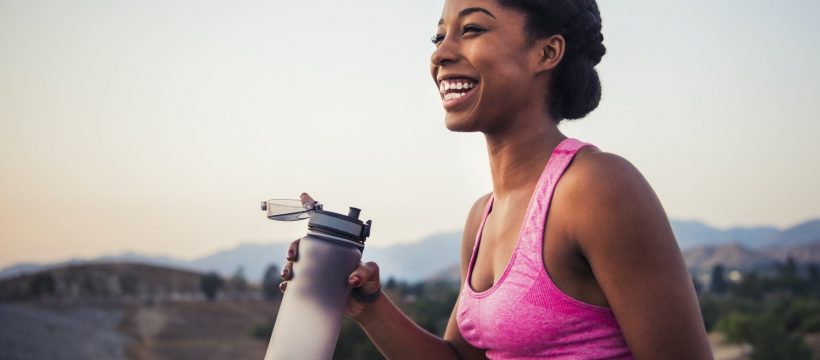If you’re planning on heading out for a run or workout in the sun, you need to have a think about how you’ll recover when you come back. Here are six expert tips for recovering fully in the summer.
Whether you love the soaring temperatures or loathe them, it looks like we have to learn to live with them as temperatures are thought to move well above 30℃ in the UK. Our sleep, moods and periods aren’t the only thing affected by the sudden warmer climate – working out in the heat can be tricky, too.
You may also like
UK heatwave: how to exercise in extra hot weather, according to experts
On the one hand, the weather’s glorious and you want to enjoy that while getting stronger. On the other, anyone who’s ever cycled to work, done an outdoor weights session mid-heatwave or attempted a jog in the summer knows that everything feels harder in the heat. It’s not just during the exercise that you can feel slower, hotter and more lethargic, either; hot weather can also impact our rate of recovery.
How we recover is important. It improves our sleep, appetite and our ability to move ache-free in the near future. Get recovery wrong or neglect good recovery hygiene and you’ll soon start to suffer. While sleep, nutrition, stretching and stress all play vital roles in how well our bodies repair from exercise, weather can also be key.
You may also like
How to use a foam roller for warm-ups and muscle recovery
“Exercising in the unaccustomed heat can place extra stress on the body, with the biggest challenge being to avoid overheating,” explains Randall Cooper, sports physiotherapist and CEO of Premax.
“The key to exercising in the heat is to start gradually and allow the body time to gradually adapt to the heat. If you’re going for a 30-minute run, build gradually over the first ten minutes so that your thermoregulatory system has time to adjust to the simultaneous stresses of the heat and exercise.”
Exercising in a heatwave is obviously going to be harder than working out in cooler temperatures, and there are some basic things that you can do to make a workout safer in the heat, from wearing sunscreen to exercising in the early morning or evening to avoid the hottest part of the day. But what about recovering after a session?

Recovering after a workout in the heat requires a change in strategy, Randall says. While many ‘recovery fundamentals’ still apply – good nutrition, rehydration, sleep and active recovery (like yoga) are still important, “how you perform these techniques should be changed.” When it’s super hot, you need to prioritise reducing your core body temperature and replenishing body fluids as quickly as possible, while ensuring that the other factors remain in place.
6 tips for speeding up recovery when it’s hot
1. Hydrate, hydrate, hydrate
Your body will lose more fluid while exercising in hot conditions and if you remain dehydrated for your next exercise session, it’ll negatively impact your performance. Replenish the body with cold fluids (water, not wine!) and ensure that your urine is clear (not yellow) two or three hours after the session.
2. Get plenty of sleep
Exercising in the heat will be more stressful on many of your physiological systems – and getting at least seven hours of sleep is even more important to allow the body to repair and revive. If possible, sleep in a cool room (17-20°C) but don’t run an air conditioner or fan, as dry air can further exacerbate dehydration overnight.
3. Choose a suitable active recovery for the heat
You might normally choose to cycle, swim or walk to recover from your workout but in the heat, it’s important to choose something light and easy – and out of the heat. Lido or wild swimming are great shouts if you live near a suitable body of water.
4. Plan how you’re going to cool down
You’ve plotted your route or booked your class, you’ve packed your bags – now you need to plan how you’ll cool down ASAP after moving. A cool shower or fan is a great strategy, as is having a wet towel on the back, neck and/or wrists.
5. Wash the sweat off your skin as soon as possible
You’ll sweat more in the heat and while sweating might be great for skin health in general, the sodium (salt) in the sweat can cause skin dehydration. The ammonia and urea that are naturally present in sweat can also cause irritation and inflammation, so wipe down or shower as soon as you can.
6. Refuel with healthy food or fluids
You might feel less hungry than usual when it’s hot, even after exercising. Getting in some protein and carbohydrates soon after your session can be harder than usual so try cool smoothies or ice-loaded protein shakes to top up your nutrient and fluid intake.
You may also like
UK heatwave: how to exercise in extra hot weather, according to experts
While no one would recommend spending the whole of summer with your feet up, it’s worth being mindful that heatstroke can become a serious medical condition. Prioritising good recovery when it’s hot isn’t just about feeling more comfortable; it also helps us to reduce our risk of injury and making heatstroke worse.
Randall stresses that “recovery is a cornerstone of high athletic performance – no matter what level of athlete you are. Exercising in the heat stresses the body more than exercising in mild or cool conditions (the fastest marathon times are run at 11°C) so extra emphasis should be placed on safety and recovery during heatwaves. If you don’t recover fully for your next exercise session, you’re more likely to underperform and possibly be at a greater chance of getting injured.”
Symptoms of heatstroke
- High body temperature (40°C) or higher
- Alternation is sweating (your skin becomes dry)
- Altered mental state or behaviour
- Nausea
- Increased heart rate
- Headache
- Rapid breathing
- Flushed skin
Looking for effective workouts that will improve your strength? Hop over to the Strong Women Training Club where you can access two new workout videos every week.
Images: Getty
Source: Read Full Article
